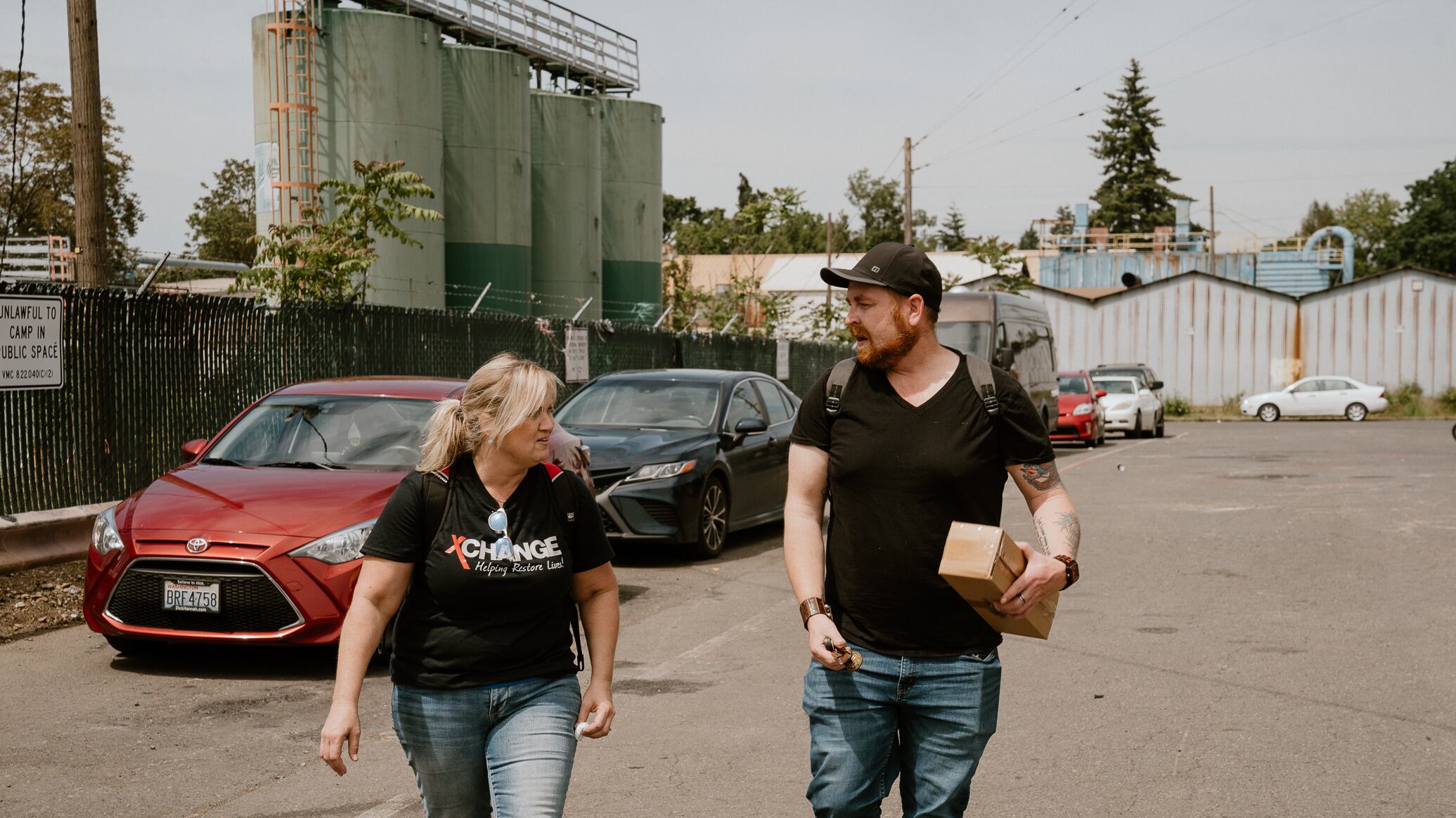In 2011, an eagerly altruistic New Yorker named Rosanne Haggerty founded a nonprofit she called Community Solutions. Its mission was straightforward: eliminate houselessness.
And its initiative, Built for Zero, actually does this, achieves the mission, via boots-on-the-ground data collection. The process sounds simple: Built for Zero’s team engages folks where they are, asking them detailed questions about their lives in order to learn how to serve their unique, individual needs.
A number of small towns have already employed Built for Zero and have had overwhelmingly positive results. Sharon Meieran and Dan Ryan are hoping that Built For Zero can deliver that same solution here, even though our housing issues are notably more complex than those in less gentrified flyover cities.
It raises the question, can what is essentially data collection and organization solve a wealth-gap-driven homeless crisis, or is this initiative too little too late?
Today I’m speaking with WW journalist Anthony Effinger, who wrote this week’s cover story. Examining the issue of houselessness from the relative comfort of our own homes feels kind of contradictory, but if more Portlanders could realistically see themselves suffering the same fate as others who’ve lost jobs, homes, stability, and supports, we’d probably be far more enthusiastic about approaches like Built for Zero, which, rather than presenting monolithic plans that serve to disappear folks into temporary shelters, investigates the whys and hows of a person’s houseless experience.
Built for Zero proposes to not necessarily completely solve houselessness, but to achieve a state of functional zero, which is explained as 0.1% of the number of people in a city’s most recent Point-in-Time Count of the homeless. For example, Multnomah County counted over 5,000 chronically homeless residents earlier this year, so for that group, functional zero would be around five people.
Yeah.
Anthony and I are skeptical, but also hopeful. Mostly we’re aware that we wouldn’t survive more than a day or two of what thousands of our neighbors survive every day.

